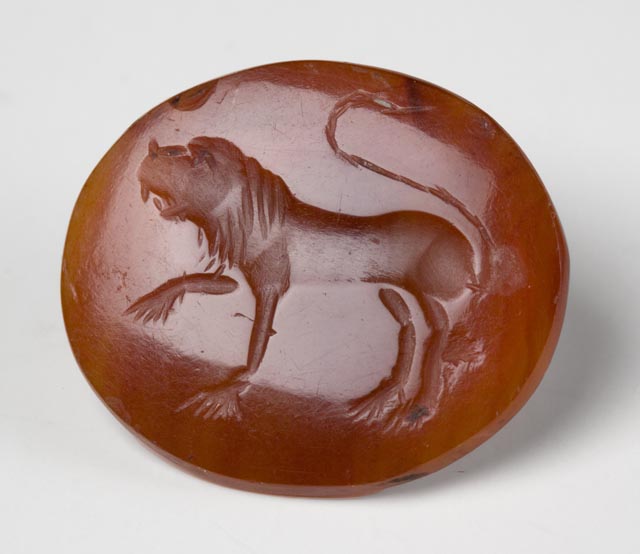
Would you like to import an elephant or a rhino perhaps? Ornaments of jade, lapis lazuli, crystal and carnelian?
We may think of global trade as a modern day invention but way back in the ancient world there was a brisk trade and rich cultural exchange going on between far-flung countries. ‘Arts of Ancient Viet Nam: From River Plain to Open Sea’ is an intriguing new exhibition at The Asia Society in collaboration with Museum of Fine Arts Houston, which shows the interconnections which existed between Viet Nam and many countries, including India.
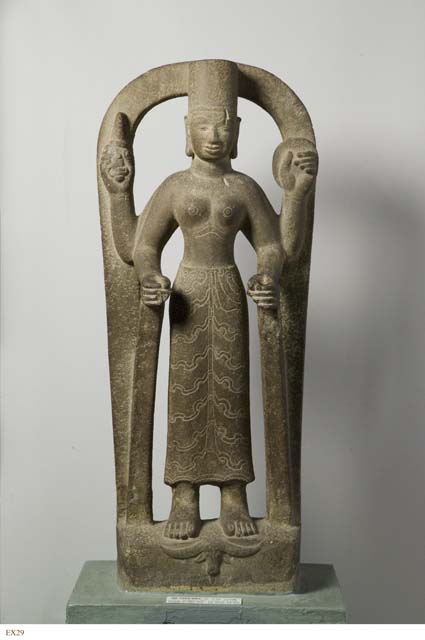
The exhibition which has been 20 years in the making brings together artifacts from ten museums to showcase the rich cultural and economic exchange which took place between Viet Nam and the larger world from the first millennium BCE throughout the 17th century. Most of the superb works on view in this ground breaking exhibition have never been shown in the United States, and many were unearthed in excavations only over the last few decades.
Interestingly, it was not just an exchange of commodities but also ideas, beliefs and culture. Images of Shiva and Vishnu, Chinese ceramics, and bronze drums which have been found in excavations show that traders and travelers also brought along their faith and ideas. Many of the metal, ceramic and stone objects merge the Vietnamese art forms with those of other cultures.
The civilization of the seafaring Cham people, displays influences of the cultural exchanges between Viet Nam and India. “The Cham people adopted Hinduism very early on,” says Dr. Nancy Tingley, the curator of the exhibition. “The first Sanskrit inscription found in South East Asia is found on a Champa site.” As she points out, many of the sculptures show the impact of India, with artistic influences reminiscent of the Gupta period. By the 13th century, the work became much more indigenous, although the beliefs permeated the local culture.
A lot of luxury goods were traded at that time – natural aromatic woods, ceramics, rhinos and elephants from South East Asia to India which sold cotton textiles and spices. Gold, silver and jewelry were being traded back and forth. Asians have always loved gold and in the Fu Nan civilization which existed 1-5th century CE, the city of Oc Eo was a major center for superior quality gold jewelry but also imported goods from Rome, India and China.
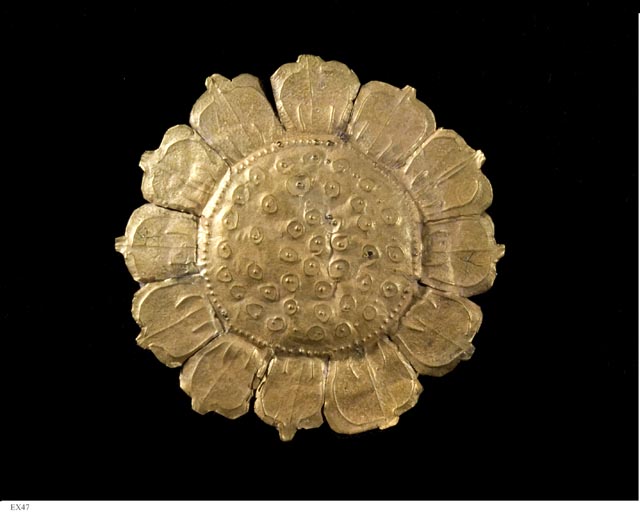
Ships would carry horses, rhinoceros and elephants, aromatic woods and spices, gold and silver. “You might picture a small boat but the boats in those days were 200 feet and carried 600 people and 100,000 lbs,” says Dr. Tingley. “These were large, large ships, plying the waters and making their way from one region to another.” Yes, it was all about inter-dependence, of the needs of different nations. Luxury goods were an addiction even then – you could say shopping runs in our blood!
For the larger picture about the new scholarship of Vietnamese culture and trade, and the inter-connections with many nations check out www.AsiaSociety.org
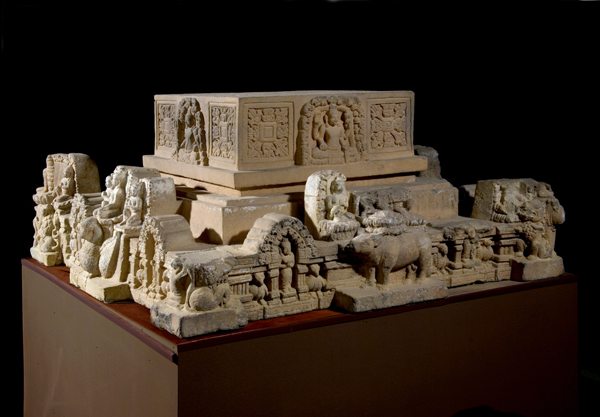
A Touch of India
Embellished pedestals, which supported an object of devotion, are a distinctive feature of Cham art, with no comparable form existing in Indian temples. The upper register of this pedestal is carved with images of Vishnu, Brahma, Shiva, and a fourth figure holding a kendi (water vessel) in his left hand (the right is broken). On the lower register, rampant lions appear below the four dikpalas (directional deities) on each corner. The presence of the horned Rahu, the ascending node of the moon, on one side, illustrates the Cham inclination to combine the dikpala with the navagraha (nine planets).
(Source: Asia Society.org)
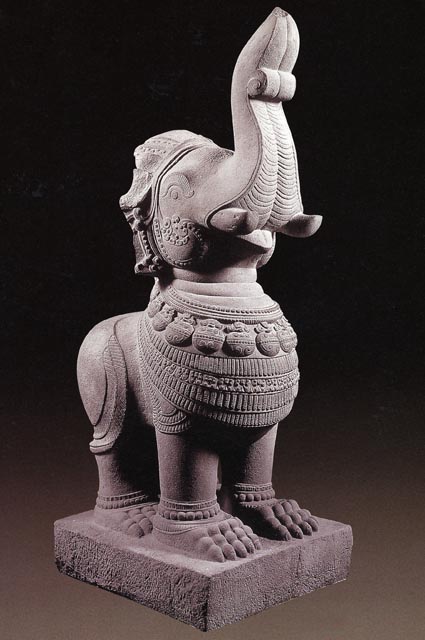
Gajasimha – The Elephant-Lion, Guardian of the Temples
The site of Thap Mam in Binh Dinh Province yielded many sculptures, including numerous fantastic beasts like this gajasimha (elephant-lion). The region thrived from the eleventh to the thirteenth century when patrons constructed a large number of temples there. Thap Mam style is characterized by monumentality and the use of big, broad surfaces as background for ecstatic patterning. This gajasimha, one of a pair, stood a good distance from the front of the main shrine and was undoubtedly intended as a guardian figure that demarcated sacred space. The two massive gajasimha, with their stylized elephant heads and lion bodies, would have created a formidable deterrent to anyone with ill intent.
(Source: Asia Society.org)
